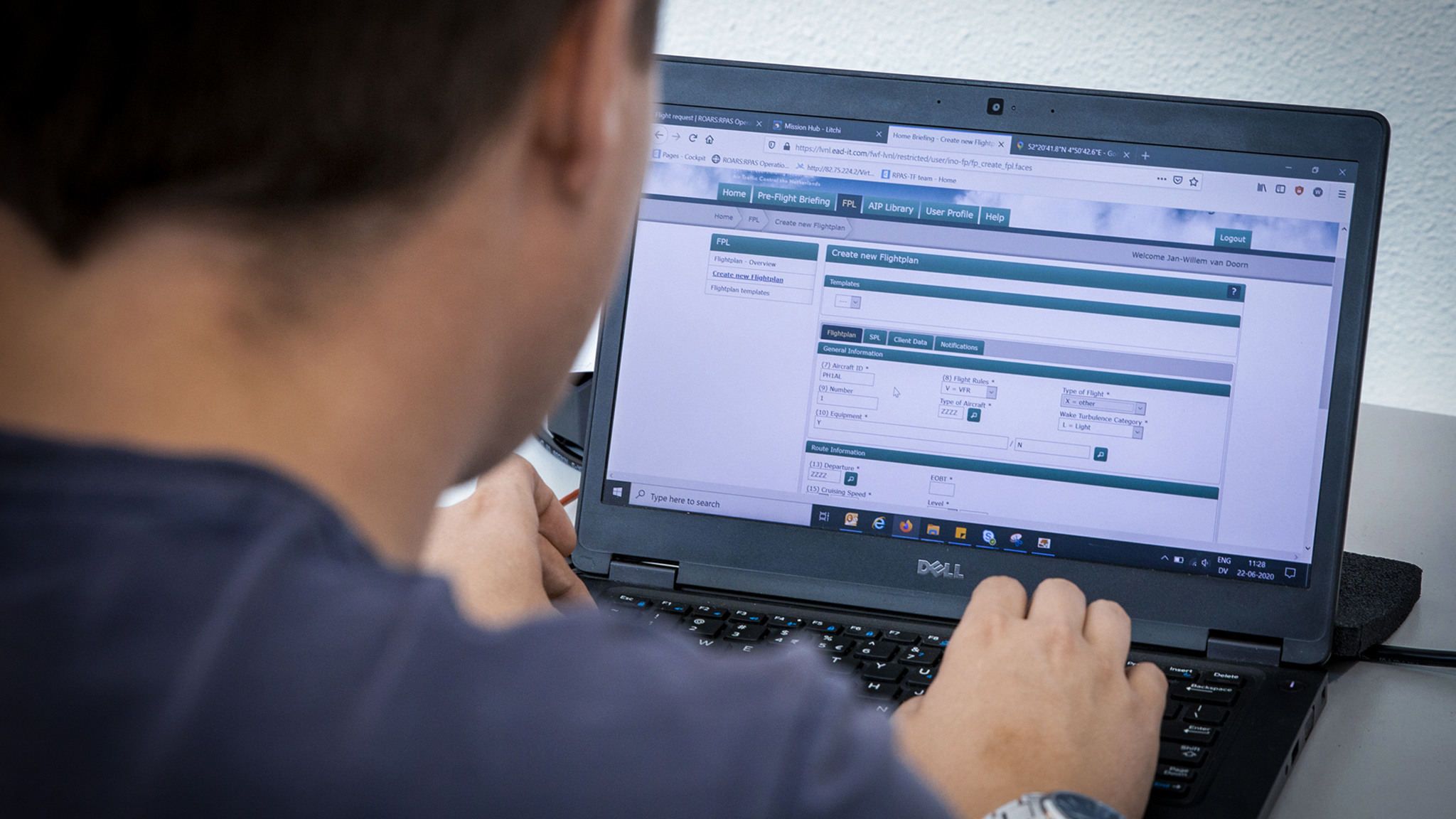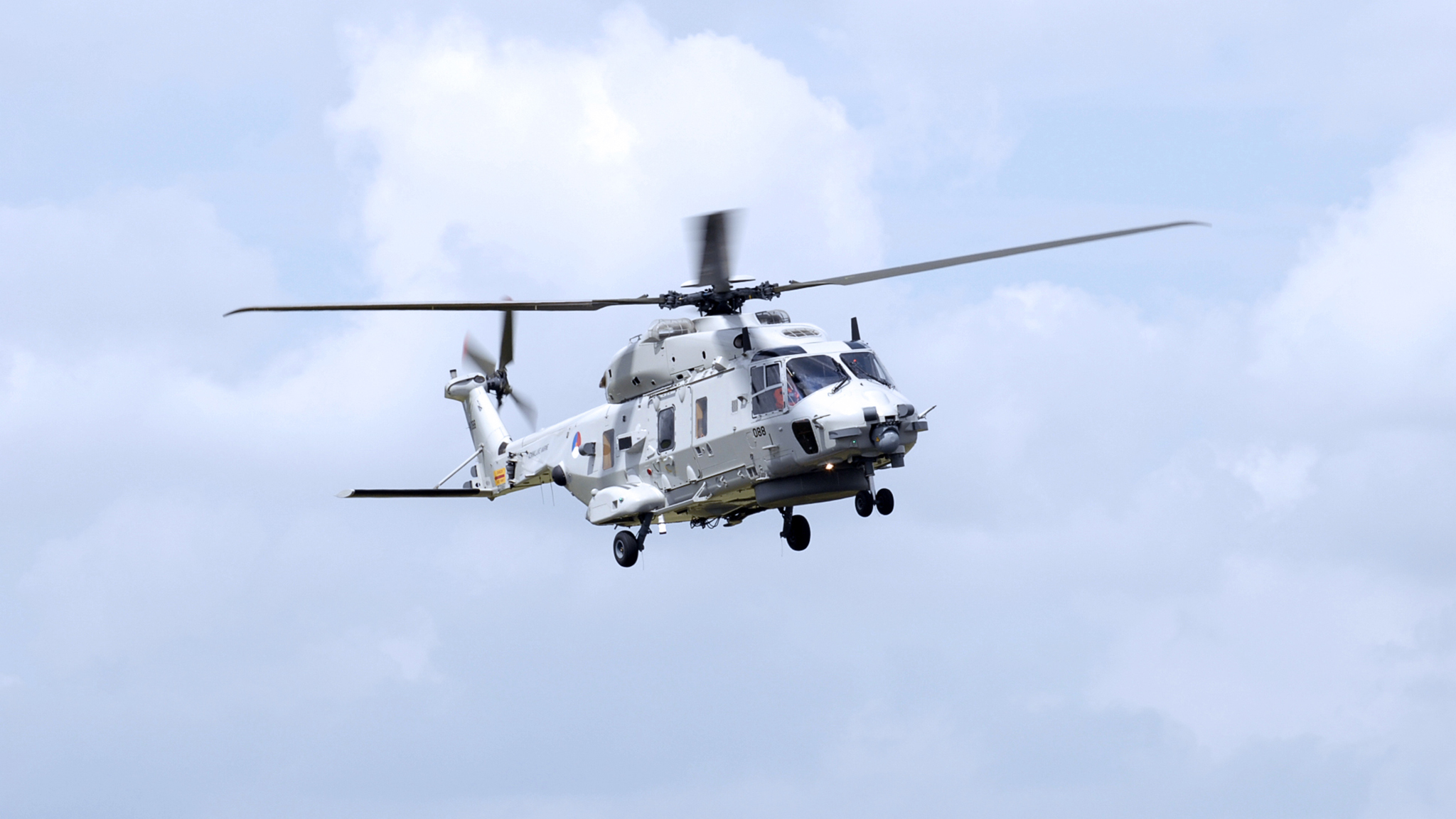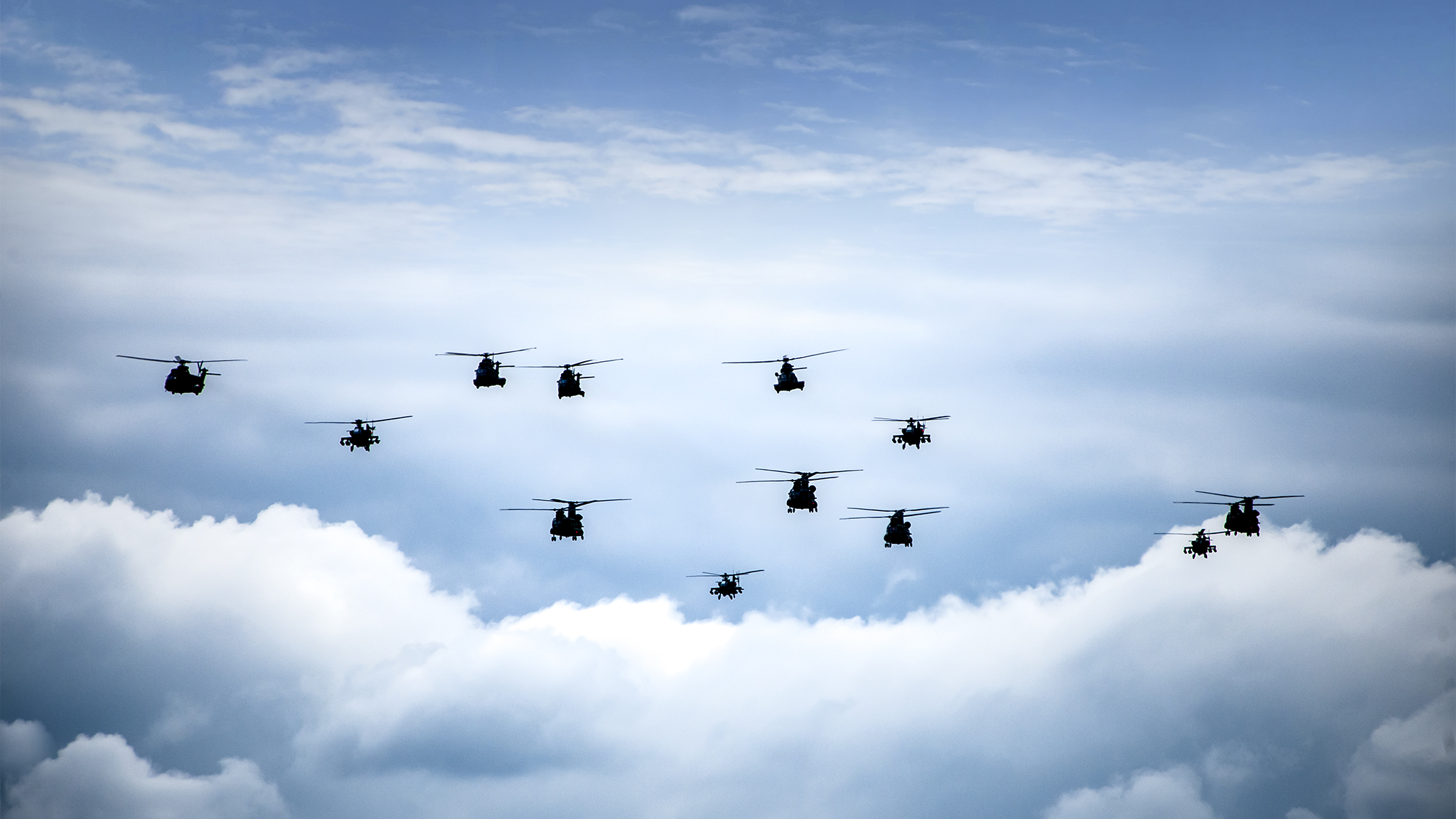
Quality assurance – simulation & digital training devices
Training with a blend of simulation training devices and other digital media (e.g. AR/VR, wearables or portable devices) has substantial advantages over training with real aircraft and systems only. Such training devices and media are able to offer a learning environment and level of fidelity that is optimised for training situations that cannot be easily trained with real aircraft or systems for safety, cost, environmental or organisational reasons.

Verification and validation
In order to take maximum advantage of this blend of simulation and digital training media within civil and military education & training programs, both the technical quality of such devices as well as the correct use thereof must be assured. This already starts with the training needs and media requirements definition and finally ends with the phasing out. During the entire life cycle, this quality must be assured and tailored to technical adjustments or extensions of the simulation and digital media, and changes in their deployment and the training goals to be accomplished by its users. Adopting and applying well-structured verification and validation (V&V) with the right methods, techniques, subject matter expertise and quality management system throughout this whole training life-cycle, ensures that this required quality is achieved and maintained in proper alignment with the actual real equipment and training goals.
Qualification and certification
From aviation authority’s perspective simulation and digital training devices often need to comply to minimum standard requirements in order to qualify these devices for safe usage within flight training. These standards can differ depending on the device’s application within the flight training syllabus and on the used system in place – both for civilian and military applications. The civil aviation authorities (e.g. EASA and ICAO) have published certification specifications to assess the compliance of simulation devices to these standards. Military aviation authorities typically apply civilian standards where possible, or use variations thereof when these are not directly applicable. Even when the qualification is not a formal regulatory requirement, the evaluation of a training device against established requirements is a critical step in the verification and validation process of introducing simulation to the training syllabus, before it enters training service.
Services & technologies
Based on NLR’s expertise and experience in supporting the Royal Netherlands Air-Force with the acquisition, introduction and operation of simulation training devices in most of their training programs as well as carrying out evaluations of simulators for EASA, NLR is able to verify, validate, evaluate and qualify simulation and digital training devices in any phase of its life-cycle. NLR’s approach is to perform such support process using a combined team of pilot-operator inspectors, training, engineering and validation experts. NLR’s personnel also has the expertise to advise on, develop and assess (or audit) simulation training devices standards and quality management systems. Thanks to NLR’s unique position as a research agency for both simulation and training innovations, NLR is familiar with the developing new training technologies that are being introduced into civil and military aviation training programs. The verification, validation, qualification and certification processes of these new technologies for civil and military training purposes can therefore also be supported by NLR.

